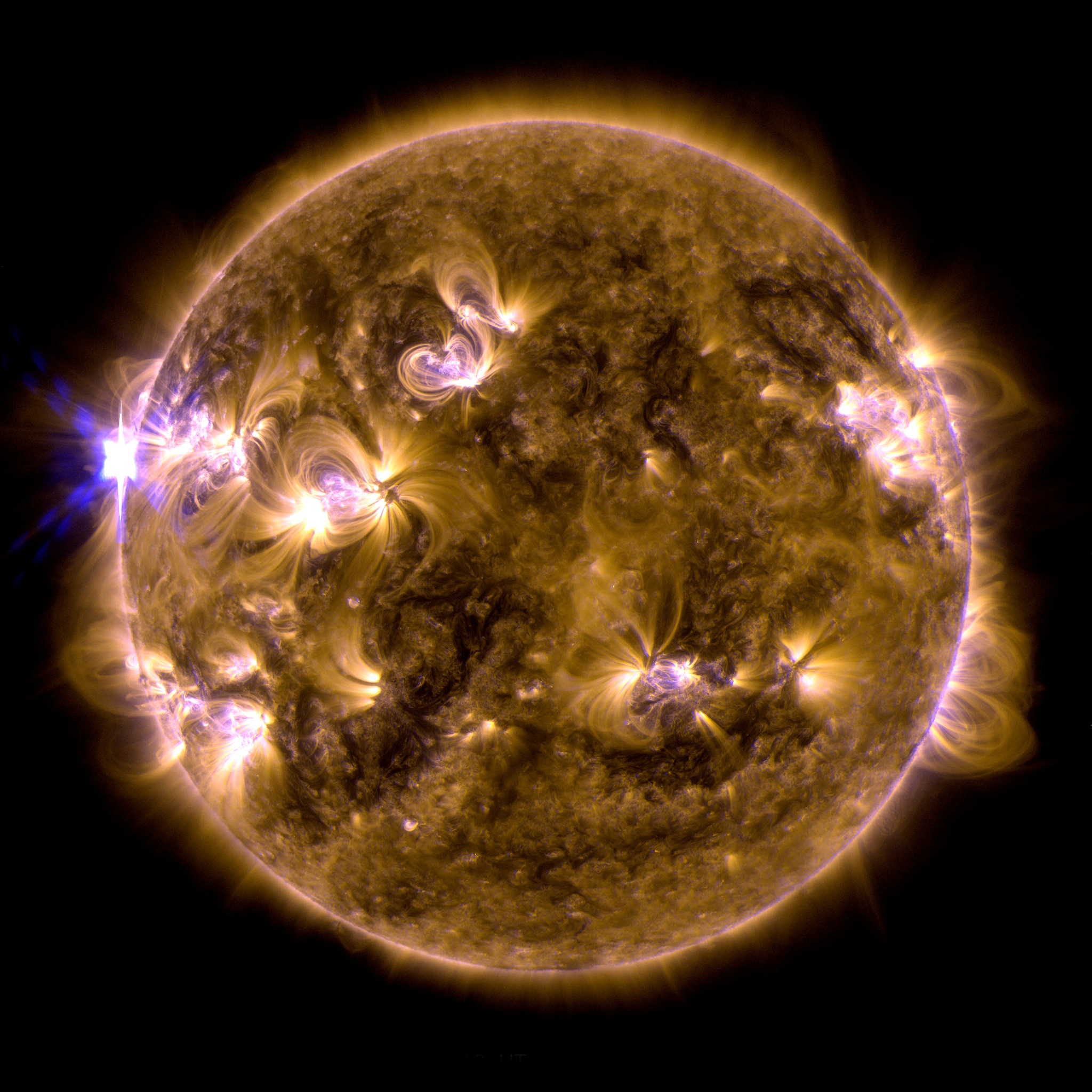With that mea culpa out of the way, on to things that should prove more interesting ....
How do planets form? How quickly? A recent study of neon isotopes distribution in ancient basalts suggests accretion from the protoplanetary disc happens quite rapidly (i.e., in a few million years). See " 'Nebular neon' confirmed deep inside the Earth."
 |
| How planets are born |
And it's become possible to (sorta) see planets form. As in "Existence of circumplanetary discs confirmed: Australian astronomers see for the first time a critical piece in the formation of a planet."
Conventional wisdom divides worlds into two broad categories: rocky and gaseous. It's a useful categorization -- but sometimes also misleading. Consider "rocky" moons of Saturn whose slight density would allow them to float like a beach ball in a terrestrial ocean. See "Saturn: bright clumps and a moon like ravioli."
Speaking of moons, here's an interesting article about the rate of recession of the Moon. It turns out the rate at which the Moon slowly recedes from the Earth varies in interesting ways based on ... plate tectonics! See "How did the moon end up where it is?"
Planets, moons ... what are we missing? Right. So I'll wrap up for today with a few words about the Sun.
In our age of high tech, we are scarily susceptible to take-down by the global electromagnetic impact of a sufficiently large (and unfortunately aimed) solar flare or coronal mass ejection. How likely is that? Stars like ours have super flares -- far bigger than any flare noticed during recorded history -- every two to three thousand years.
Here's food for thought, quoted from "Study raises concern for sun ‘superflare’: Research finds it’s not just young stars that behave explosively":
The largest flare on record is the Carrington Event, a giant flare observed by English astronomer Richard Carrington in 1859, which created northern lights that spread as far south as Hawaii and southern lights that spread as far north as Santiago, Chile – slightly farther north than the Australian city of Sydney.
People in the northeastern US claimed they could read the newspaper just from the light of the aurora, and operators of the then-newfangled telegraph reported sparks leaping off their equipment, melting wires and starting fires.
But by superflare standards, the Carrington Event was just a baby, Notsu said recently at a meeting of the American Astronomical Society (AAS) in St. Louis, Missouri.
 |
| And these are normal flares ... |

































No comments:
Post a Comment